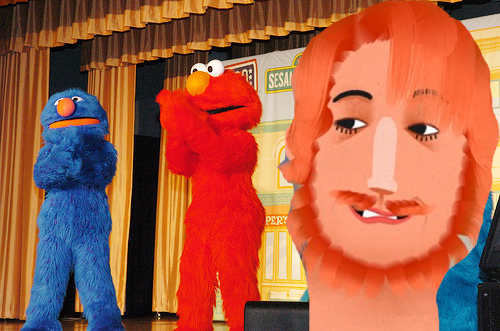
By Björn Jeffery and Michael H. Levine
All over the world—from East Asia to South Africa to the Caribbean Basin—ministers of government, captains of industry, and scholars are discussing the best ways to foment innovation. Many experts still regard the United States as a leader in promoting creative uses of capital, technology, and people, with unrivaled access to new ideas and cultures—all prerequisites for innovation. Others point out that open societies value—and foster—creativity.
But can we measure creativity? And if so, what is the best way to promote it right from the start? A new working paper published by the Global Organization for Economic Cooperation and Development OECD for the Centre for Real-World Learning at the University of Winchester in England defines creativity as focused on five core dispositions. Anne Murphy Paul’s Brilliant Blog (one of our favorites) reports that their research finds that a creative mind is Inquisitive: wondering and questioning; Persistent: sticking with difficulty, daring to be different; Imaginative: playing with possibilities, making connections, Collaborative: sharing, giving and receiving feedback; cooperating and Disciplined: developing techniques, reflecting critically.
As experts in media creation for families and young children, we wondered whether there are specific ways to navigate through the sometimes overwhelming deluge of content available to young children in the apps marketplace; we were looking specifically for apps that speak to these five “seeds of creativity.” Stated simply: we think so! The remarkable ongoing appeal of educational media properties like Sesame Street—which has endured over 40 years of market tumult and change and now reaches some 125 million children in 150 countries, and more recently the global phenomenon of apps and games in the market proves that playful, creative products consumed not just by kids alone, but with the adults around them, can be both fun and engaging.
As the recent report Pioneering Literacy in the Digital Wild West makes clear, the apps market for young children is robust, but the content is disappointing. Educational apps are usually ‘‘skill and drill,” and many of those that pass for storytelling or complex literacy experiences leave much to be desired. Here are some of the design choices that Toca Boca has made in order to be both a commercial market success and to pioneer “creative expression” in the Wild West. Not coincidentally, these same lessons also pertain to the remarkable run that Sesame has had for over four decades.
Focus on Playful and Imaginative Learning

